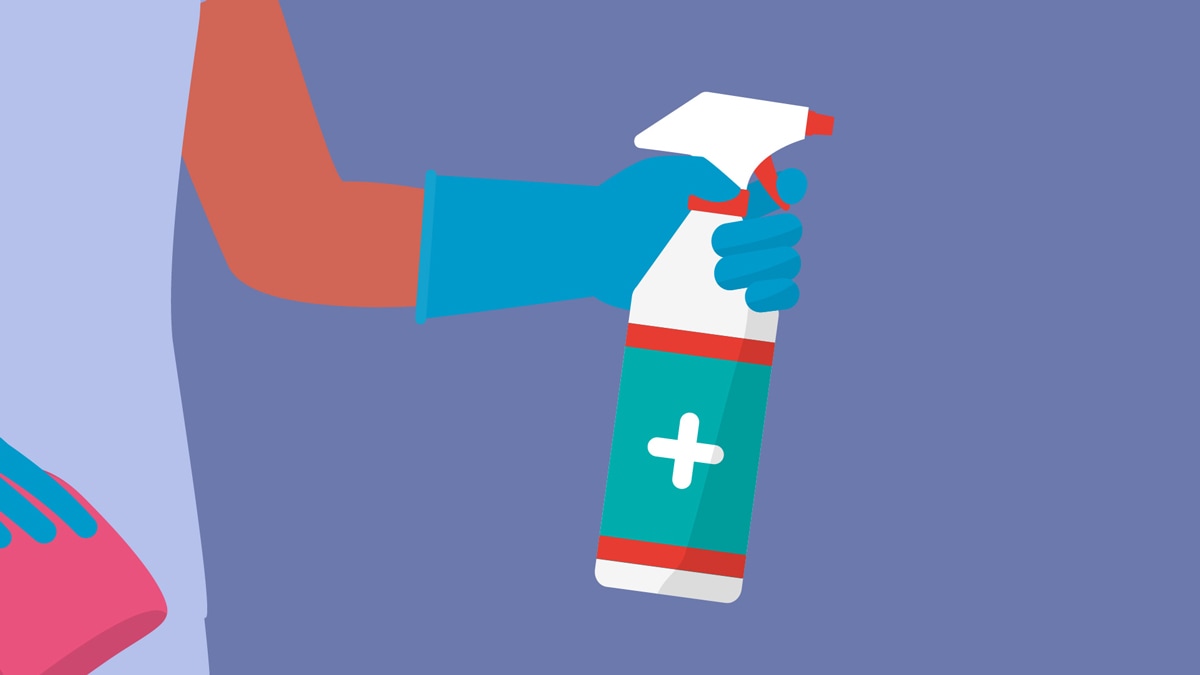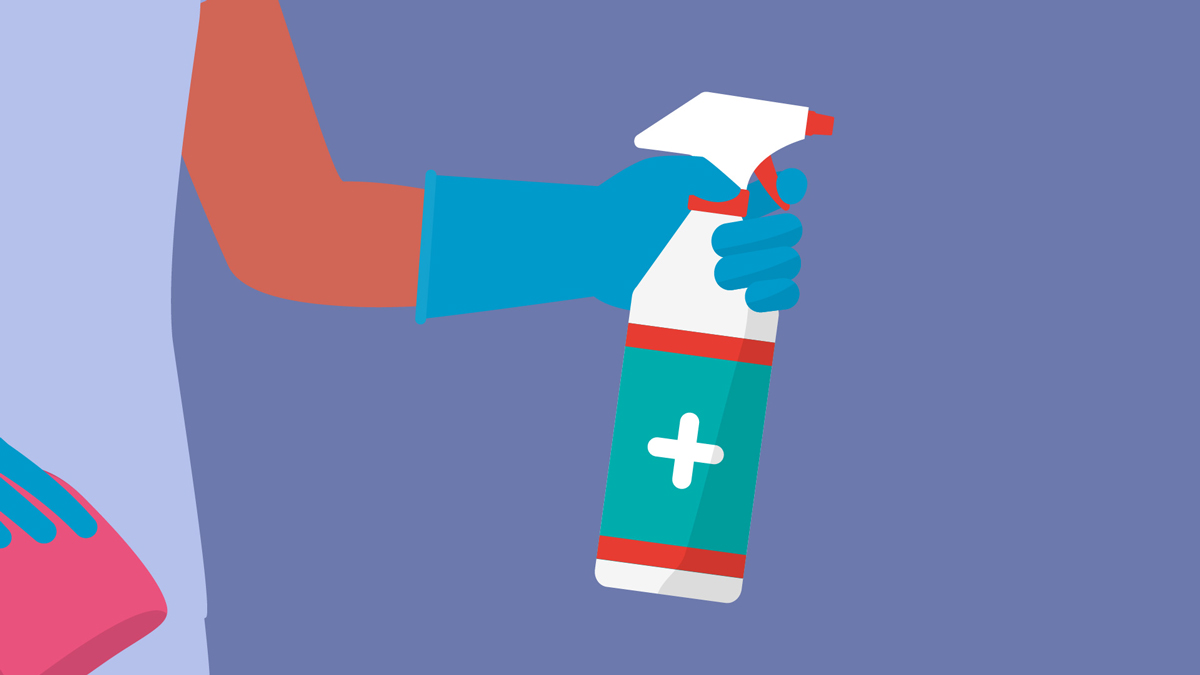At a glance
C. auris is highly transmissible in healthcare settings. C. auris causes life-threatening infections in some patients while it can colonize other patients without causing symptoms. Both patients who are colonized and patients who are infected spread C. auris onto surfaces around them and spread to other patients. Measures can be taken to prevent C. auris infections in healthcare facilities. Once a patient has been identified with C. auris, quick action is needed to control transmission.

Surveillance and prevention
Laboratory confirmation to inform infection control
Early accurate identification of C. auris is critical to informing infection control practices and preventing outbreaks.
Confirm whether the facility's clinical lab is equipped for C. auris identification for suspected cases. If the lab lacks this capability, establish plans to submit specimens to a local public health department for C auris identification. Determine a protocol for laboratory staff to promptly inform infection control staff C. auris is suspected.
Monitor patients at risk
Know which patients are at higher risk for C. auris infection or asymptomatic colonization. These include patients who:
- Use invasive medical devices (i.e., ventilators, central lines).
- Were recently hospitalized in an area with C. auris transmission.
Plan ahead
Have a response plan. Discuss recommendations for infection prevention and control of C. auris with healthcare personnel, including environmental services. Assess and improve your facility's infection prevention and control practices.
Response to C. auris confirmation
Immediately report any confirmed C. auris test results to the public health department.
Follow CDC recommendations for infection control, including:
- Place patient with C. auris in a separate/single room, if possible.
- Ensure appropriate use of gown and gloves.
- Use disinfectants with EPA claim for C. auris.
- Frequently use alcohol-based hand sanitizer.
Consult with public health personnel to determine a screening strategy to identify patients with C. auris colonization. Use the same infection control measures for patients found to be colonized.
If a patient is being transferred to another facility, communicate C. auris status to receiving facilty.

